2. Bruscia EM, Bonfield TL. 2016; Cystic fibrosis lung immunity: the role of the macrophage. J Innate Immun. 8:550–563. DOI:
10.1159/000446825. PMID:
27336915. PMCID:
PMC5089923.

3. Liu XH, Pan LL, Jia YL, Wu D, Xiong QH, Wang Y, Zhu YZ. 2013; A novel compound DSC suppresses lipopolysaccharide-induced inflammatory responses by inhibition of Akt/NF-κB signalling in macrophages. Eur J Pharmacol. 708:8–13. DOI:
10.1016/j.ejphar.2013.01.013. PMID:
23353591.

5. Miller SI, Ernst RK, Bader MW. 2005; LPS, TLR4 and infectious disease diversity. Nat Rev Microbiol. 3:36–46. DOI:
10.1038/nrmicro1068. PMID:
15608698.

6. Viatour P, Merville MP, Bours V, Chariot A. 2005; Phosphorylation of NF-kappaB and IkappaB proteins: implications in cancer and inflammation. Trends Biochem Sci. 30:43–52. DOI:
10.1016/j.tibs.2004.11.009. PMID:
15653325.
7. Wu RT, Chiang HC, Fu WC, Chien KY, Chung YM, Horng LY. 1990; Formosanin-C, an immunomodulator with antitumor activity. Int J Immunopharmacol. 12:777–786. DOI:
10.1016/0192-0561(90)90042-L. PMID:
2292459.
8. Lee JC, Su CL, Chen LL, Won SJ. 2009; Formosanin C-induced apoptosis requires activation of caspase-2 and change of mitochondrial membrane potential. Cancer Sci. 100:503–513. DOI:
10.1111/j.1349-7006.2008.01057.x. PMID:
19154411.

9. Li Y, Man S, Li J, Chai H, Fan W, Liu Z, Gao W. 2014; The antitumor effect of formosanin C on HepG2 cell as revealed by 1H-NMR based metabolic profiling. Chem Biol Interact. 220:193–199. DOI:
10.1016/j.cbi.2014.06.023. PMID:
25014414.

10. Man S, Gao W, Zhang Y, Liu Z, Yan L, Huang L, Liu C. 2011; Formosanin C-inhibited pulmonary metastasis through repression of matrix metalloproteinases on mouse lung adenocarcinoma. Cancer Biol Ther. 11:592–598. DOI:
10.4161/cbt.11.6.14668. PMID:
21304274.

11. Chiang HC, Wang JJ, Wu RT. 1992; Immunomodulating effects of the hydrolysis products of formosanin C and beta-ecdysone from Paris formosana Hayata. Anticancer Res. 12:1475–1478. PMID:
1444209.
12. Cui J, Man S, Cui N, Yang L, Guo Q, Ma L, Gao W. 2019; The synergistic anticancer effect of formosanin C and polyphyllin VII based on caspase-mediated cleavage of Beclin1 inhibiting autophagy and promoting apoptosis. Cell Prolif. 52:e12520. DOI:
10.1111/cpr.12520. PMID:
30338602. PMCID:
PMC6430456.

13. Liu J, Man S, Liu Z, Ma L, Gao W. 2016; A synergistic antitumor effect of polyphyllin I and formosanin C on hepatocarcinoma cells. Bioorg Med Chem Lett. 26:4970–4975. DOI:
10.1016/j.bmcl.2016.09.005. PMID:
27623551.

14. Lin PL, Tang HH, Wu SY, Shaw NS, Su CL. 2020; Saponin formosanin C-induced ferritinophagy and ferroptosis in human hepatocellular carcinoma cells. Antioxidants (Basel). 9:682. DOI:
10.3390/antiox9080682. PMID:
32751249. PMCID:
PMC7463707.

15. Gu I, Brownmiller C, Stebbins NB, Mauromoustakos A, Howard L, Lee SO. 2020; Berry phenolic and volatile extracts inhibit pro-inflammatory cytokine secretion in LPS-stimulated RAW264.7 cells through suppression of NF-κB signaling pathway. Antioxidants (Basel). 9:871. DOI:
10.3390/antiox9090871. PMID:
32942640. PMCID:
PMC7554842.

16. Rod-In W, Monmai C, Shin IS, You S, Park WJ. 2020; Neutral lipids, glycolipids, and phospholipids, isolated from sandfish (Arctoscopus japonicus) eggs, exhibit anti-inflammatory activity in LPS-stimulated RAW264.7 cells through NF-κB and MAPKs pathways. Mar Drugs. 18:480. DOI:
10.3390/md18090480. PMID:
32967264. PMCID:
PMC7550997.

17. Tao MQ, Ji CL, Wu YJ, Dong JY, Li Y, Olatunji OJ, Zuo J. 2020; 1,7-Dihydroxy-3,4-dimethoxyxanthone inhibits lipopolysaccharide-induced inflammation in RAW264.7 macrophages by suppressing TLR4/NF-κB signaling cascades. Inflammation. 43:1821–1831. DOI:
10.1007/s10753-020-01256-3. PMID:
32468498.

18. Gao XH, Zhang SD, Wang LT, Yu L, Zhao XL, Ni HY, Wang YQ, Wang JD, Shan CH, Fu YJ. 2020; Anti-inflammatory effects of neochlorogenic acid extract from mulberry leaf (
Morus alba L.) against LPS-stimulated inflammatory response through mediating the AMPK/Nrf2 signaling pathway in A549 cells. Molecules. 25:1385. DOI:
10.3390/molecules25061385. PMID:
32197466. PMCID:
PMC7144357.
19. Wu RT, Lin WJ, Chiang HC, Horng LY, Chung YM. 1990; Modulation of experimental autoimmune uveitis with formosanin-C in guinea pigs. J Ocul Pharmacol. 6:301–311. DOI:
10.1089/jop.1990.6.301. PMID:
2097314.

20. Gao H, Liu X, Sun W, Kang N, Liu Y, Yang S, Xu QM, Wang C, Chen X. 2017; Total tanshinones exhibits anti-inflammatory effects through blocking TLR4 dimerization via the MyD88 pathway. Cell Death Dis. 8:e3004. DOI:
10.1038/cddis.2017.389. PMID:
28817116. PMCID:
PMC5596575.

21. Gao H, Cui Y, Kang N, Liu X, Liu Y, Zou Y, Zhang Z, Li X, Yang S, Li J, Wang C, Xu QM, Chen X. 2017; Isoacteoside, a dihydroxyphenylethyl glycoside, exhibits anti-inflammatory effects through blocking toll-like receptor 4 dimerization. Br J Pharmacol. 174:2880–2896. DOI:
10.1111/bph.13912. PMID:
28616865. PMCID:
PMC5554315.

22. Chen CC, Lin MW, Liang CJ, Wang SH. 2016; The anti-inflammatory effects and mechanisms of eupafolin in lipopolysaccharide-induced inflammatory responses in RAW264.7 macrophages. PLoS One. 11:e0158662. DOI:
10.1371/journal.pone.0158662. PMID:
27414646. PMCID:
PMC4945065.

23. Yoo S, Kim MY, Cho JY. 2017; Beauvericin, a cyclic peptide, inhibits inflammatory responses in macrophages by inhibiting the NF-κB pathway. Korean J Physiol Pharmacol. 21:449–456. DOI:
10.4196/kjpp.2017.21.4.449. PMID:
28706459. PMCID:
PMC5507784.

24. Rossol M, Heine H, Meusch U, Quandt D, Klein C, Sweet MJ, Hauschildt S. 2011; LPS-induced cytokine production in human monocytes and macrophages. Crit Rev Immunol. 31:379–446. DOI:
10.1615/CritRevImmunol.v31.i5.20. PMID:
22142165.

26. Xu Z, Lin R, Hou X, Wu J, Zhao W, Ma H, Fan Z, Li S, Zhu Y, Zhang D. 2020; Immunomodulatory mechanism of a purified polysaccharide isolated from Isaria cicadae Miquel on RAW264.7 cells via activating TLR4-MAPK-NF-κB signaling pathway. Int J Biol Macromol. 164:4329–4338. DOI:
10.1016/j.ijbiomac.2020.09.035. PMID:
32926903.

27. Madrid LV, Mayo MW, Reuther JY, Baldwin AS Jr. 2001; Akt stimulates the transactivation potential of the RelA/p65 Subunit of NF-kappa B through utilization of the Ikappa B kinase and activation of the mitogen-activated protein kinase p38. J Biol Chem. 276:18934–18940. DOI:
10.1074/jbc.M101103200. PMID:
11259436.
28. Xiao X, Yang M, Xiao J, Zou J, Huang Q, Yang K, Zhang B, Yang F, Liu S, Wang H, Bai P. 2014; Paris Saponin II suppresses the growth of human ovarian cancer xenografts via modulating VEGF-mediated angiogenesis and tumor cell migration. Cancer Chemother Pharmacol. 73:807–818. DOI:
10.1007/s00280-014-2408-x. PMID:
24638862.

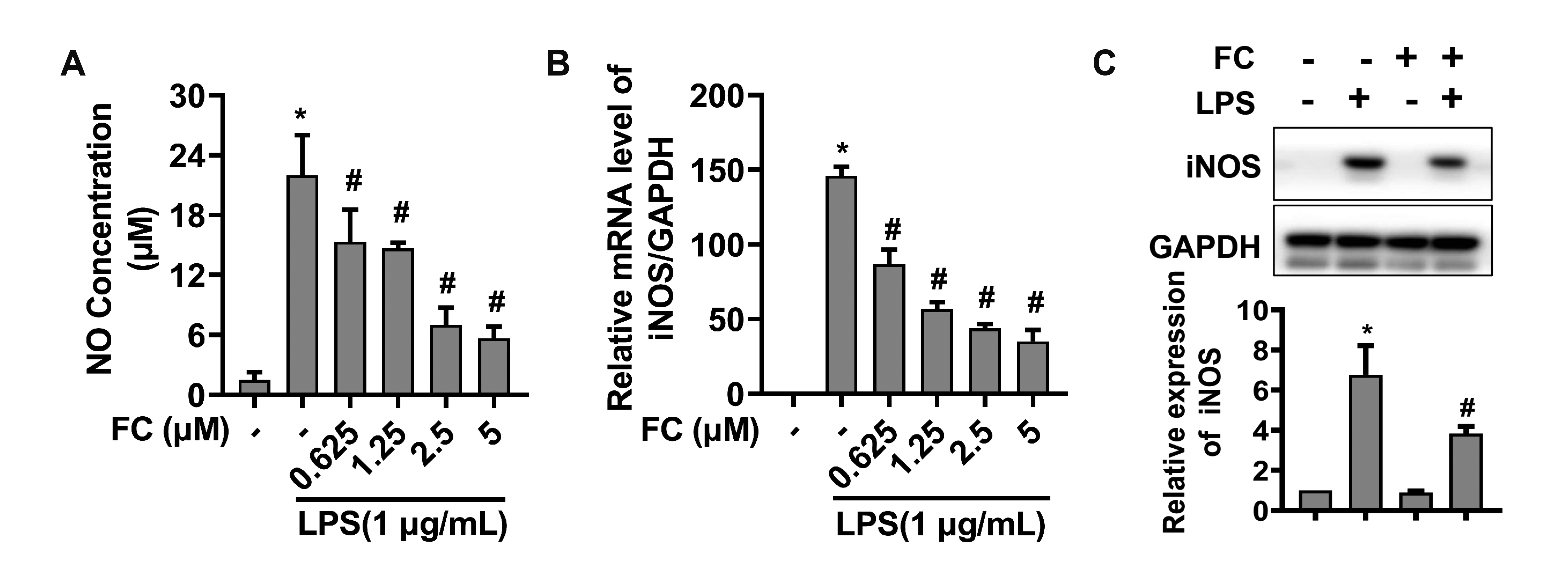
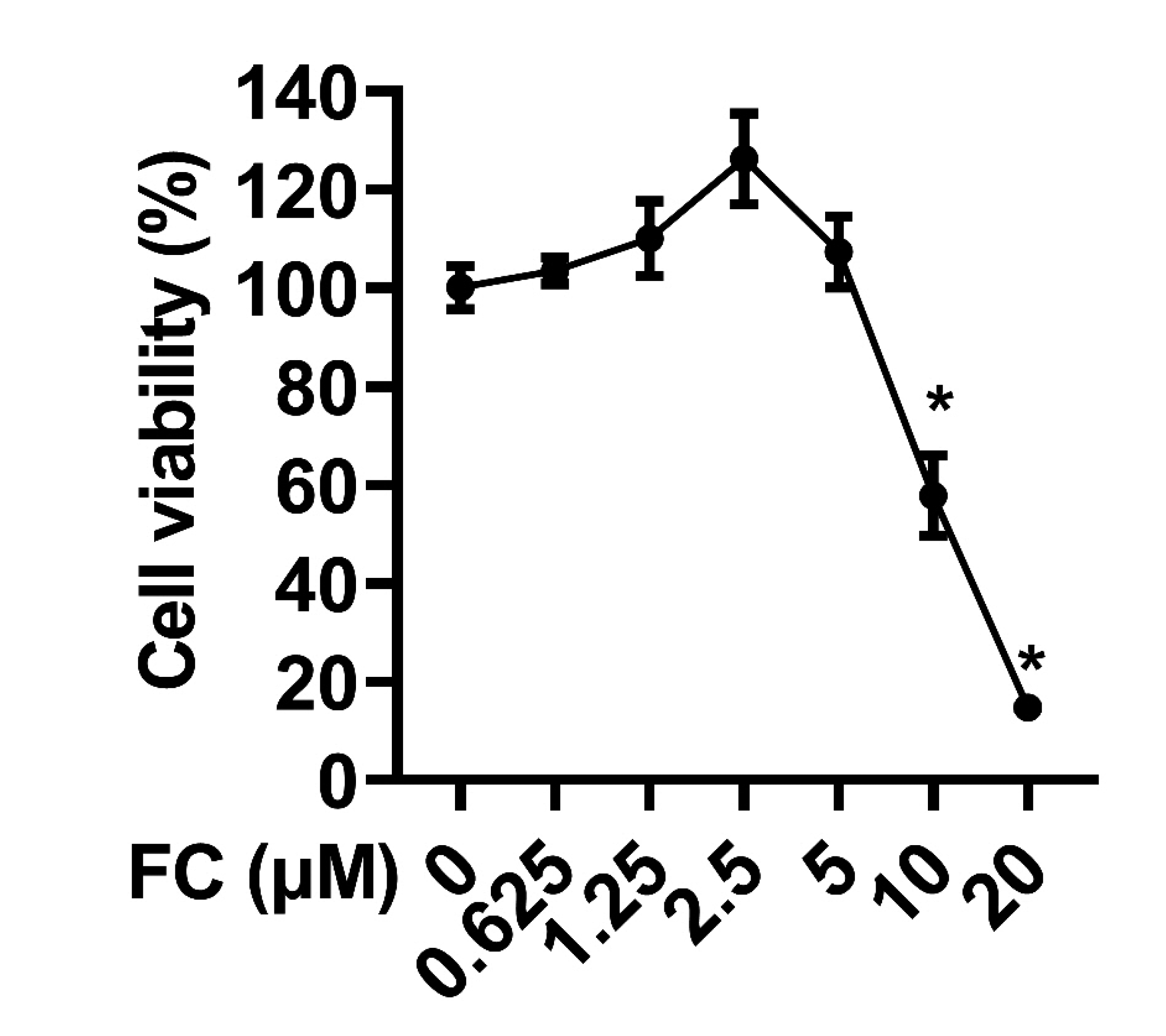
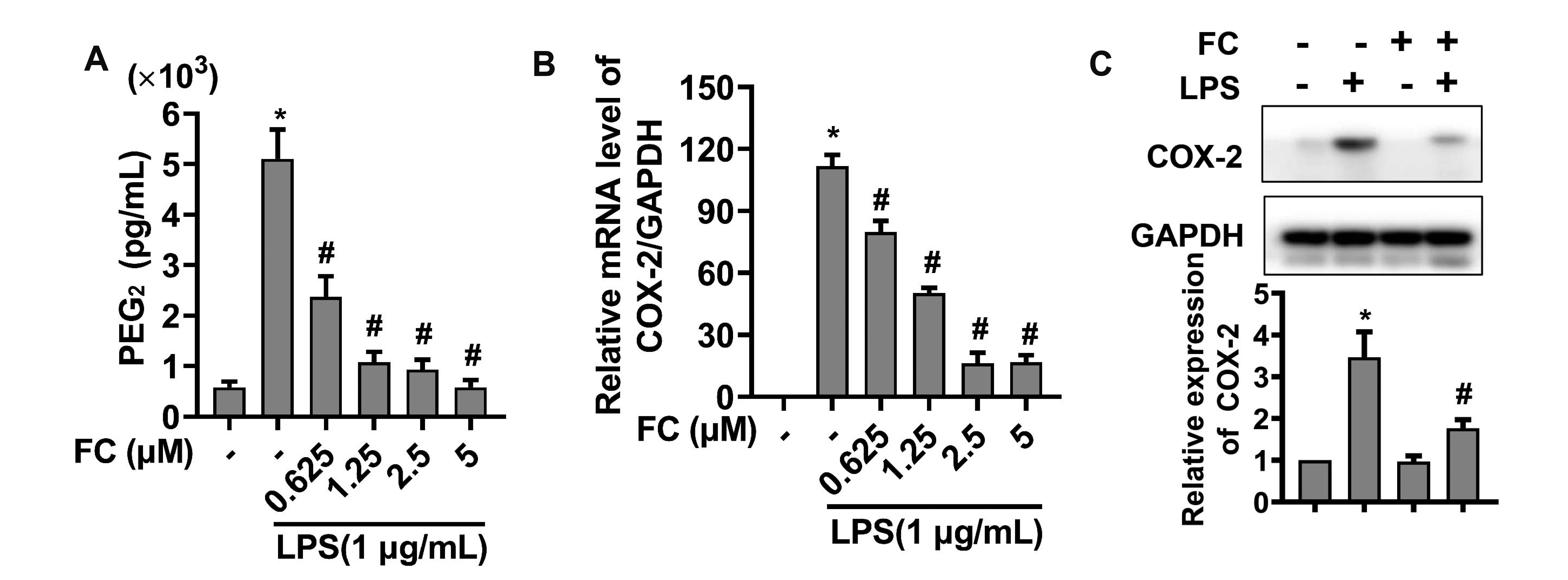
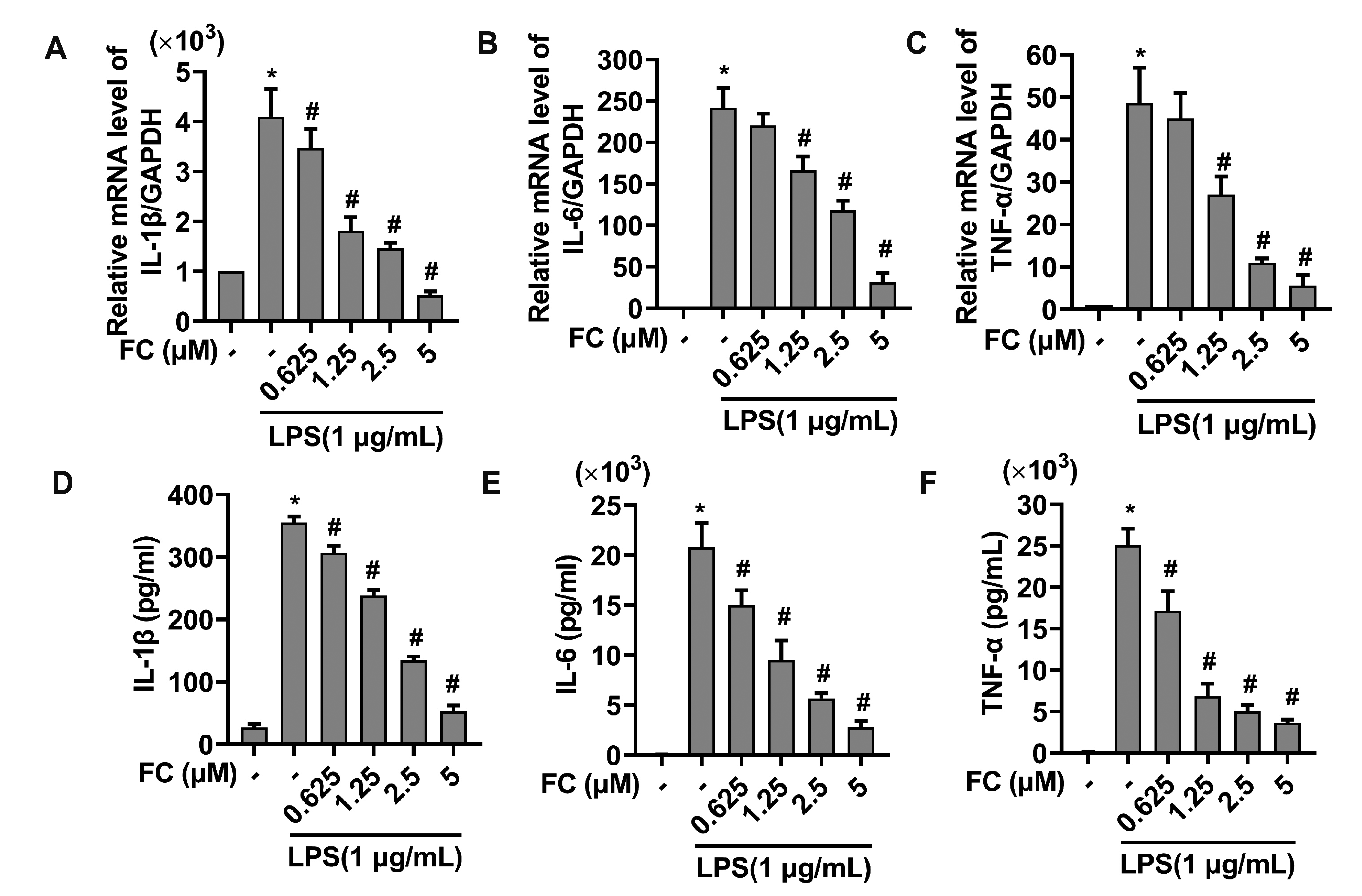
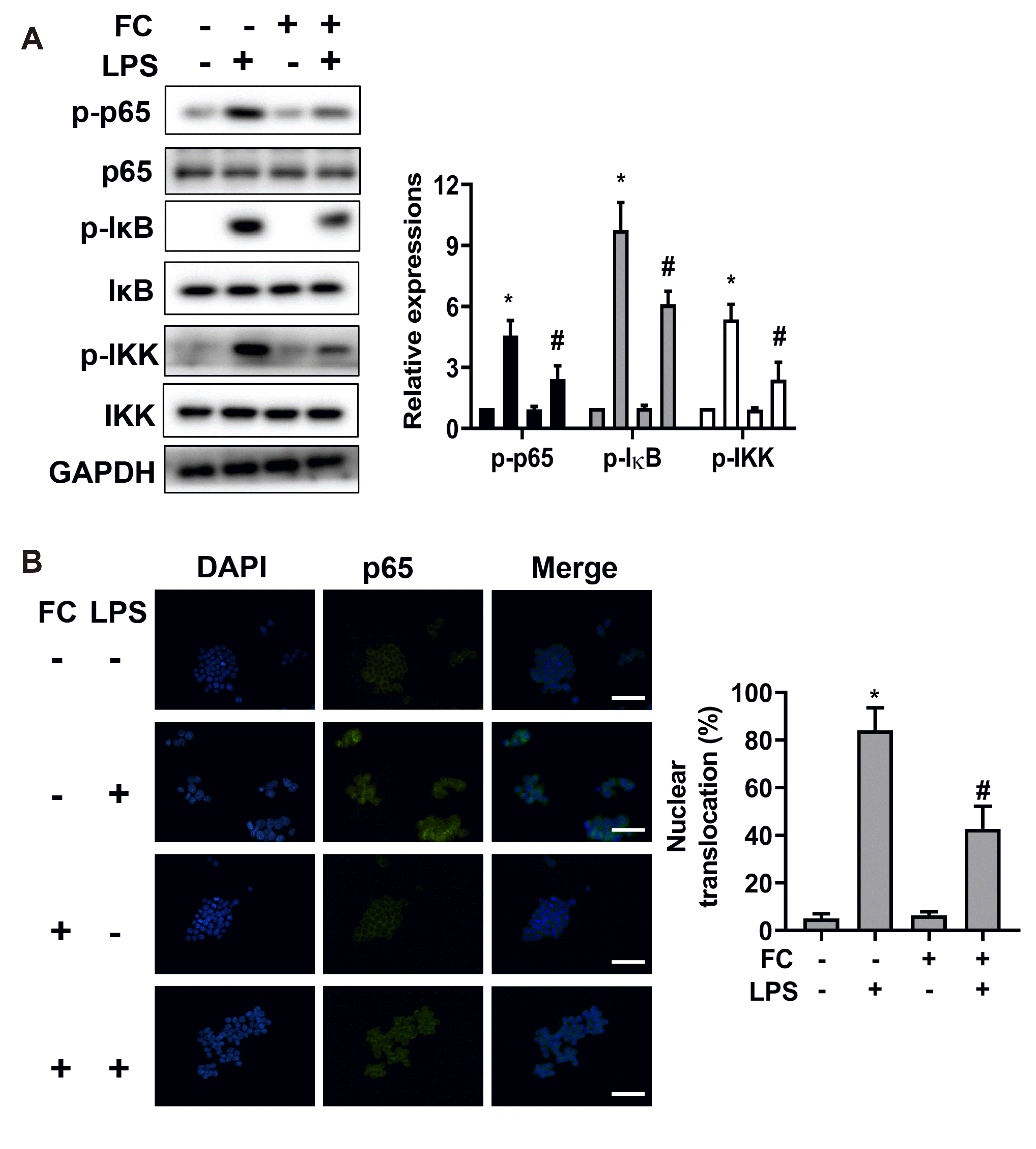




 PDF
PDF Citation
Citation Print
Print


 XML Download
XML Download